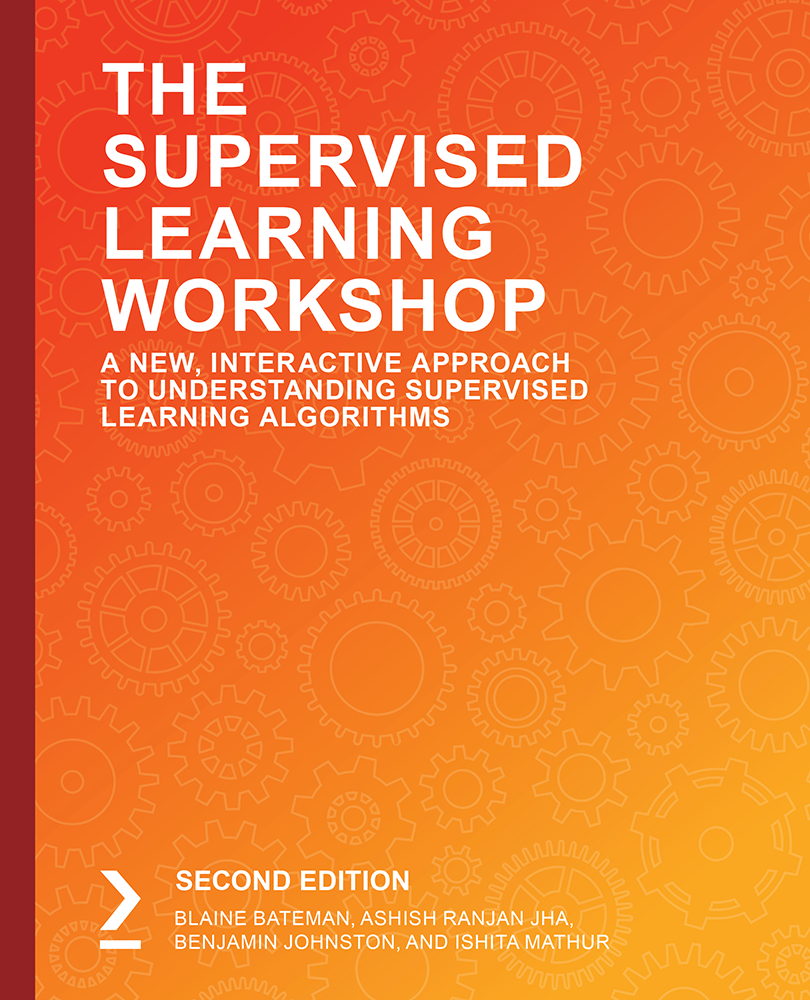Becoming a British Citizen
This post is to help anyone who has an ILR (PR) in the UK, and is yet to apply for a British citizenship.
I will share my timeline and documents/snapshots along the way to help you understand the process.

Useful ML/DS/misc stuff
This post is to help anyone who has an ILR (PR) in the UK, and is yet to apply for a British citizenship.
I will share my timeline and documents/snapshots along the way to help you understand the process.
CIFAR 10 model, try it out now!
On 23rd September, 2021, I received the confirmation letter from the Home Office, UK regarding the approval of my Permanent Residence (PR) a.k.a Indefinite Leave to Remain (ILR) a.k.a Settled status:
On 16th August, 2019, I received the confirmation letter regarding my tier-1 visa endorsement from the UK Home Office:
After co-authoring a book on supervised machine learning, I was interested in going deeper into deep learning, which has been my area of work and interest for the past few years. Last year, as extraordinary as the year was, I started writing a deep learning book. As the book is out in January, 2021, this post is to share my journey and experience of writing it, as well a sneak peek of what is in the book.
Bar chart races have lately become a popular form of visualization. This post is all about generating a bar chart race from scratch involving an interesting data extraction process. We will generate the bar chart race for the most popular singers Bollywood has had between the years 1933 and 2020. We will directly parse data from Wikipedia. Using nested loops, we will first iterate through the list of years, then through the list of films across a given years and then skim through each film’s page. We will extract data using beautifulsoup and pandas and use matplotlib animation to generate the bar chart race.
On March 4, 2020 I officially obtained my MBA degree from Quantic School of Business. I started the program in February 2019. Earlier known as Smartly, the Quantic School of Business offers both a full-time as well as an executive online MBA program, and I was enrolled in the former. It is about time that education of all kinds, including MBA is available and legitimized online. Besides my formal education under brick-and-mortar universities, I have been educating myself through online platforms such as Coursera, Udacity, EdX, etc. And Quantic is another such platform that I am glad to have found and used for educating myself.
I have spent my last 6 professional years centered around machine learning and today marks a significant milestone in this journey. 4 months ago I was offered to co-write a book on supervised learning. I immediately accepted the offer. It was not easy to write a technical book in such a short amount of time especially alongside a full-time job. But, it has certainly been worth the time and effort spent. This blog post is to share what the book is about and my journey in writing it.

Text detection in images is a well known computer vision problem and has been addressed by many approaches. One of them is Character Region Awareness for Text Detection (CRAFT). While working on a task that involved text detection, I stumbled upon the CRAFT paper and its working implementation. The implementation, while works wonderfully, is quite raw i.e. one needs to clone it, manually download models, set environment variables and run scripts. This post is about putting this implementation together as a PyPI package i.e. making it pip-installable.
Youtube is the biggest and most popular steaming platform at the time of writing this post. For every youtube video, viewers post comments. I am a personal fan of reading many of those funny ones. In general, these comments also give away the popular topics of discussion, and a sentiment around the video.
Generative Adversarial Networks (GANs) are a popular variant of the generative class of neural network models. The fundamental principle behind a GAN model is a discriminator and a generator model working against each other (roughly speaking) thereby achieving the ultimate goal of fine-tuning the generator to facilitate generating meaningful, non-random data.
This was my first ever deep learning project and so I am happy to share what I did there with some key insights. This is from 2014/15, when tensorflow didn’t even exist. Theano did, though.
Sentiance uses machine learning to extract intelligence from smartphone sensor data such as accelerometer, gyroscope and location. This intelligence comes in the forms of sensor based activity detection, map matching, driving behavior, venue mapping and more.
Audio events detection as the name suggests is the task of detecting 1 or more audio events in an audio clip of a certain duration. In this post, we limit our discussion to 1 audio event in an audio clip of a fixed duation of 4 seconds.
Anthropomorphism is our tendency to attribute human like characteristics to non-humans animate or inanimate. In this study, I had the task of analysing anthropomorphism via eye-gaze patterns as a human observed (i) human performing a task, vs, (ii) robot performing the same task.
Having received the prestigious DAAD Scholarship, I got to do my Undergrad Summer Internship at OVGU, Magdeburg, Germany, on this interesting topic: Analysis and Subsequent Optimization of a Microcontroller Program for precise control of Pneumatic Valves used for Hot Wire Chemical Vapor Deposition I managed to modify an already existing program to increase the precision of the valves were actuated based on the microcontroller board multiplexed outputs.
I had the opportunity to present on this topic at the 10th Indo German Winter Academy, 2011. Discrete mathematics has been one of my favorite areas of study in Mathematics. I was glad to be able to apply what I learned here later while studying Computer Graphics at EPFL.